
Welcome to the world of savvy kitchen tips, where we explore the dos and don’ts of storing and preserving our favorite foods. Today, let’s tackle a common question in many a cook’s mind: Can you freeze gravy? Whether it’s that sumptuous turkey gravy from Thanksgiving or a rich brown gravy accompanying a Sunday roast, knowing how to freeze gravy can save you both time and deliciousness.
What is Gravy
Gravy is a sauce commonly made from the juices that run naturally from meat or vegetables during cooking. It’s often thickened with flour, cornstarch, or other thickening agents and is typically seasoned to enhance flavor. Gravies can vary in color and consistency, ranging from light and thin to thick and rich. They are used to add moisture and flavor to various dishes, including meats like turkey and chicken, as well as mashed potatoes and other side dishes.
Gravy is a staple in many cuisines and is particularly popular as part of traditional dishes like roast dinners and Christmas and Thanksgiving meals.
What Is Gravy Made Of
Gravy is typically made from the drippings of cooked meat, which are combined with a liquid such as broth, milk, or cream. To thicken the gravy, a mixture of flour or cornstarch with water is often used. Seasonings like salt, pepper, and herbs are added for flavor.
In vegetarian versions, vegetable broths and oils can replace meat drippings. The basic components, therefore, include meat drippings or a vegetarian alternative, a liquid base, a thickening agent, and seasonings.
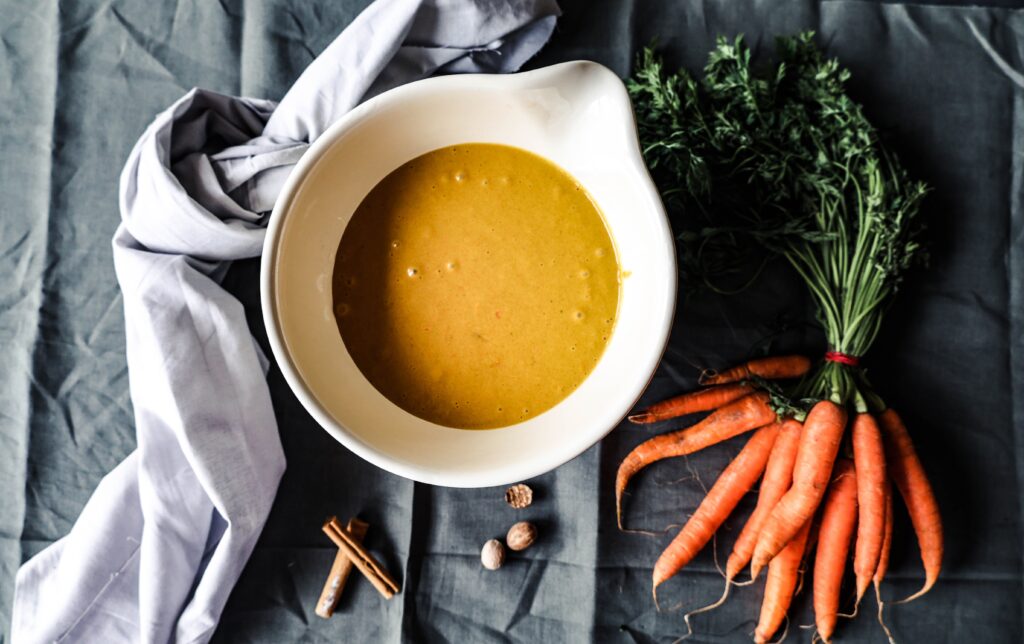
What to Do With Leftover Gravy
Leftover gravy can be used in various delicious ways:
- Pour Over Mashed Potatoes: A classic use, adding richness and flavor to the potatoes.
- Make a Stew or Soup: Stir it into stews or soups for extra depth and flavor.
- Gravy as a Sauce: Use it as a sauce for meats, such as chicken, pork, or beef.
- Enhance Casseroles: Mix it into casseroles to add moisture and flavor.
- Create Savory Pies: Use it in pot pies or shepherd’s pie for a tasty filling.
- Make Poutine: Pour over fries with cheese curds for a homemade poutine.
- Revitalize Leftovers: Drizzle it over leftover meats or vegetables to rejuvenate them.
- Flavor Rice or Pasta: Add it to cooked rice or pasta dishes for a savory twist.
- Breakfast Dishes: Serve with breakfast items like biscuits, hash browns, or eggs.
- Thicken Sauces: Use as a base or thickener for other sauces or gravies.
Always remember to store leftover gravy properly in the refrigerator and use it within a few days, or freeze it for longer storage.
How Long Does Gravy Last in the Refrigerator
Homemade gravy typically lasts in the refrigerator for about 3 to 4 days. If it’s store-bought and unopened, it can last until the expiration date; once opened, it should be used within the same 3 to 4-day timeframe. Always store gravy in an airtight container and check for signs of spoilage.
How to Tell If Gravy Is Bad
To tell if gravy is bad, check for any off-odors, a change in color, or mold growth. If the gravy has a sour smell, has become grayish, or shows any signs of mold, it should not be consumed. Also, if the gravy has been stored in the refrigerator for longer than 4 days, it’s best to err on the side of caution and discard it. Trust your senses; if something seems off, it’s safer to throw it away.
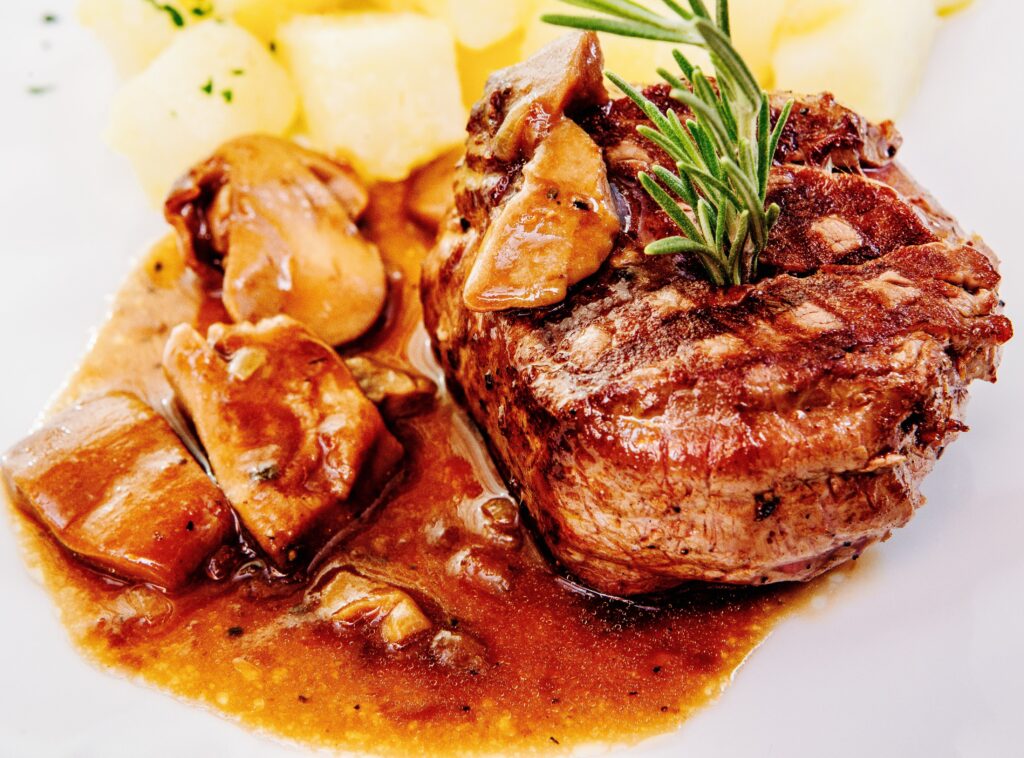
How To Store Dry Gravy
To store dry gravy mix properly, keep it in a cool, dry place, like a pantry or cupboard. Ensure it’s in an airtight container or its original sealed packaging to prevent moisture and pests from getting in. Properly stored, dry gravy mix can last for a long time, often until the expiration date on the package.
Why Freeze Gravy?
Freezing gravy is a fantastic way to extend the life of your leftover gravy. Whether it’s a homemade gravy made from the pan drippings of your Thanksgiving turkey or a cream-based gravy that accompanied a slow cooker chicken recipe, freezing can help you reduce waste and have gravy ready for future meals.
How to Freeze Gravy
Always let your gravy cool to room temperature before freezing. This prevents condensation inside the container, which can affect the texture and flavor.
How To Freeze Portions of Gravy
Utilizing ice cube trays is a game-changer. Pour the cooled gravy into an ice cube tray, and once frozen, you have ready-to-use gravy portions. This is especially helpful for recipes where you only need a small amount of gravy, like over mashed potatoes or to add flavor in an air fryer dish.
How To Freeze Gravy Ice Cubes
Transfer the gravy ice cubes into freezer bags. This not only saves space in your freezer but also keeps the gravy protected from freezer burn.
Can you Freeze White Gravy
Gravies made with cream or milk can be trickier as they might separate when thawed. However, they can still be frozen and then reheated slowly while stirring constantly to re-emulsify.
Can you Freeze All Types of Gravy?
You can absolutely freeze Turkey Gravy, Sausage Gravy and Chicken Gravy. These are usually flour or fat-based gravies. They freeze well, maintaining their texture and flavour. When reheating, a quick whisk will bring back their smooth consistency.
How Long Can You Freeze Gravy
You can freeze gravy for up to 4 months. For best quality, store it in an airtight container or heavy-duty freezer bags to prevent freezer burn. Proper labeling with the freezing date is recommended for tracking. When you’re ready to use it, thaw in the refrigerator before reheating.
How to Thaw Gravy
The best way to thaw frozen gravy is in the refrigerator overnight. For a quicker method, you can use a microwave or a saucepan over low heat.
Can you Refreeze Gravy?
It’s generally not recommended to refreeze gravy, especially cream-based gravy, as the texture and flavor can deteriorate.
How to Use Frozen Gravy
Frozen gravy cubes are a versatile kitchen hack. Toss a cube or two into your slow cooker for an instant flavor boost, or melt some over a pan-fried chicken for a quick sauce. The possibilities are endless.
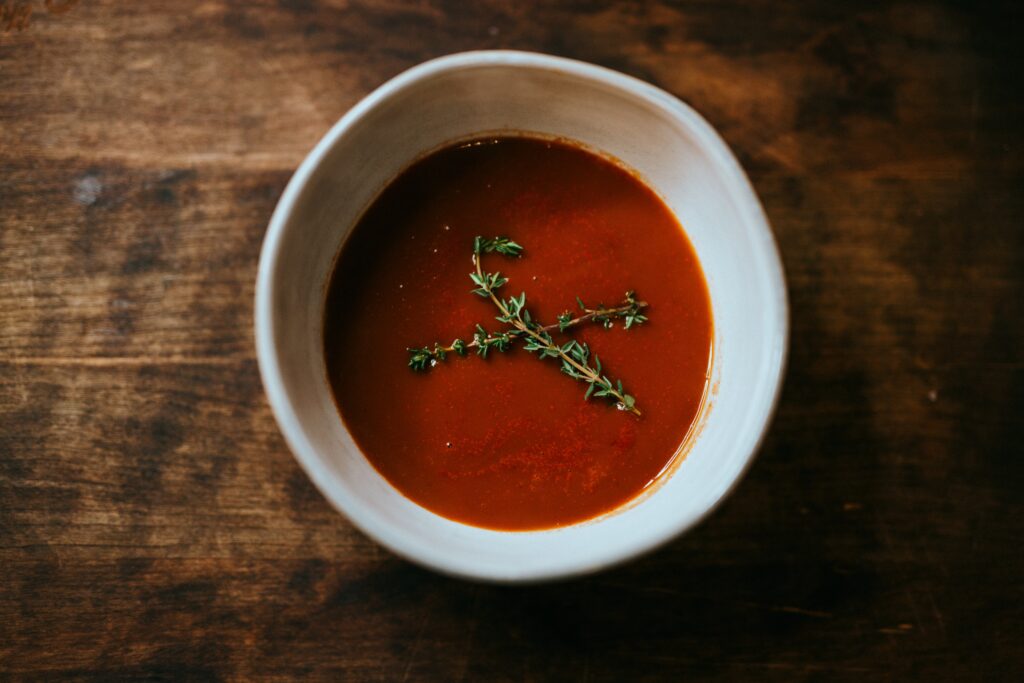
How to Make Brown Gravy
Here is a quick and simple recipe to make brown gravy at home!
- In a saucepan, melt 2 tablespoons of butter over medium heat.
- Whisk in 2 tablespoons of flour, stirring continuously until it forms a paste and turns brown (about 2 minutes).
- Gradually add 2 cups of beef broth, whisking constantly to avoid lumps.
- Season with salt and pepper to taste.
- Simmer for about 10 minutes, or until thickened to your liking.
- Serve hot over meats, potatoes, or other dishes.
How to Make Turkey Gravy
Here is my simple go to Turkey Gravy, a classic at my Thanksgiving Table!
- After roasting a turkey, pour the drippings from the roasting pan into a bowl, leaving the browned bits in the pan.
- Skim off the fat from the drippings and reserve 4 tablespoons.
- Put the roasting pan on the stove over medium heat and add the reserved fat.
- Stir in 4 tablespoons of flour, cooking until it’s brown and incorporated with the pan drippings.
- Gradually add 2 cups of turkey or chicken stock, whisking constantly.
- Bring to a simmer, stirring continuously, until the gravy thickens (about 10 minutes).
- Season with salt and pepper to taste. Strain if desired.
- Serve warm with your turkey.
How to Make White Gravy
This White Gravy is perfect with so many dishes, from fried chicken to potatoes. Here’s how to make it:
- In a saucepan, melt 4 tablespoons of butter over medium heat.
- Whisk in 4 tablespoons of flour, stirring constantly, until it forms a smooth paste and turns light golden (about 2 minutes).
- Gradually add 2 cups of milk, continuing to whisk to prevent lumps.
- Season with salt and pepper to taste.
- Cook, stirring frequently, until the gravy thickens to your desired consistency (about 5 to 10 minutes).
- Serve hot, ideal for biscuits, chicken-fried steak, or mashed potatoes.
Other Helpful Freezer Guides
- How to Freeze Jello
- How to Freeze Pulled Pork
- How to Freeze Pork Pies
- How to Freeze Bean Sprouts
- How to Freeze Kiwi
- How to Freeze Bell Peppers
- How to Freeze Chorizo
- How to Freeze Yogurt
- How to Freeze Ricotta Cheese
- How to Freeze Salami
- How to Freeze Ricotta
- How to Freeze Coconut Cream
- How to Freeze Cantaloupe
Conclusion: Freezing Gravy is a Yes!
In summary, not only can you freeze gravy, but it’s also an easy and practical way to make the most of your leftovers. Whether it’s the brown gravy from a Sunday roast or the cream-based gravy from a weeknight dinner, freezing gravy offers a convenient solution to enjoy your favorite flavors longer. Just remember to cool, portion, and store properly. With these tips, you’ll find that freezing gravy is a simple yet effective trick to elevate your kitchen game. Happy cooking!

Christopher is a food and lifestyle expert, recipe developer and the content creator behind May Eighty Five. With years of experience in the kitchen, he also shares tips, tricks and how to’s that he has learnt over the years. Every week, he shares quick, simple and mostly healthy recipes along with some home and entertaining tips. You will find flavorful cocktails, delicious appetizers, tasty mains and some indulgent desserts. As a home decor enthusiast, he also likes to share simple DIY projects and simple tips for a beautiful home.


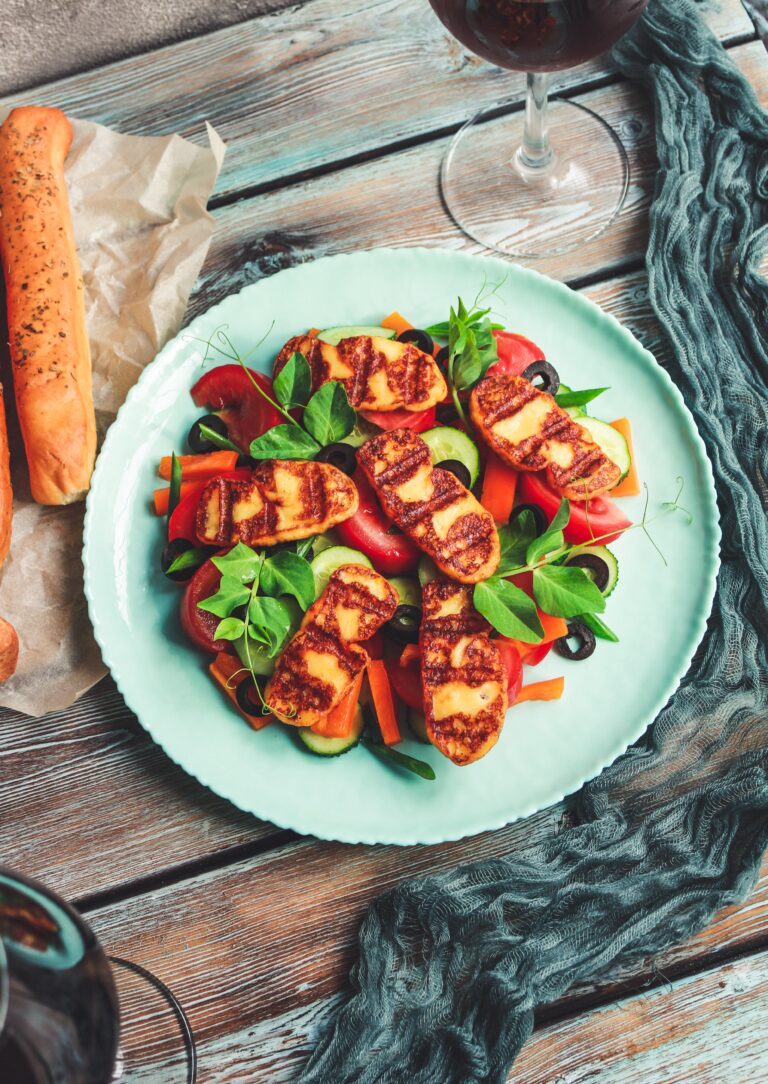

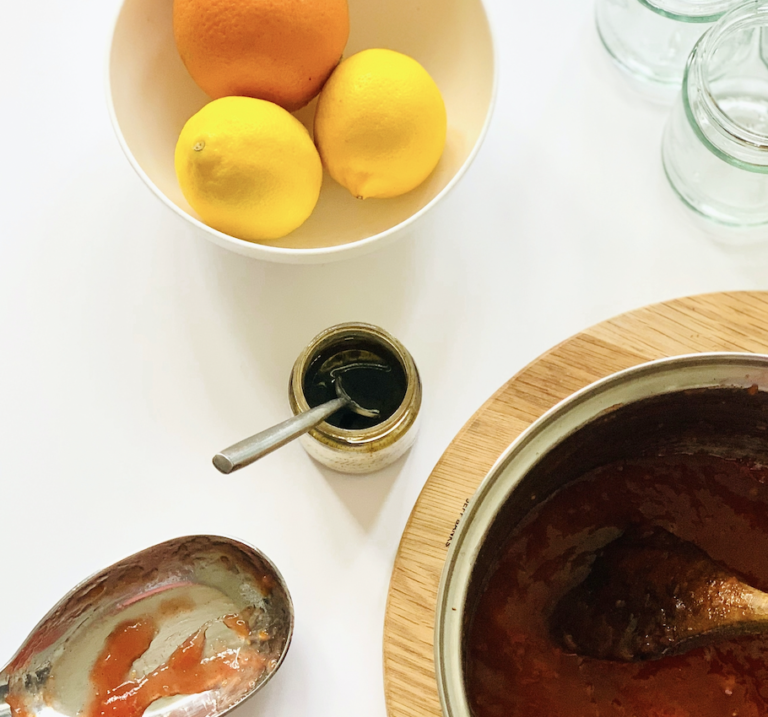



One Comment